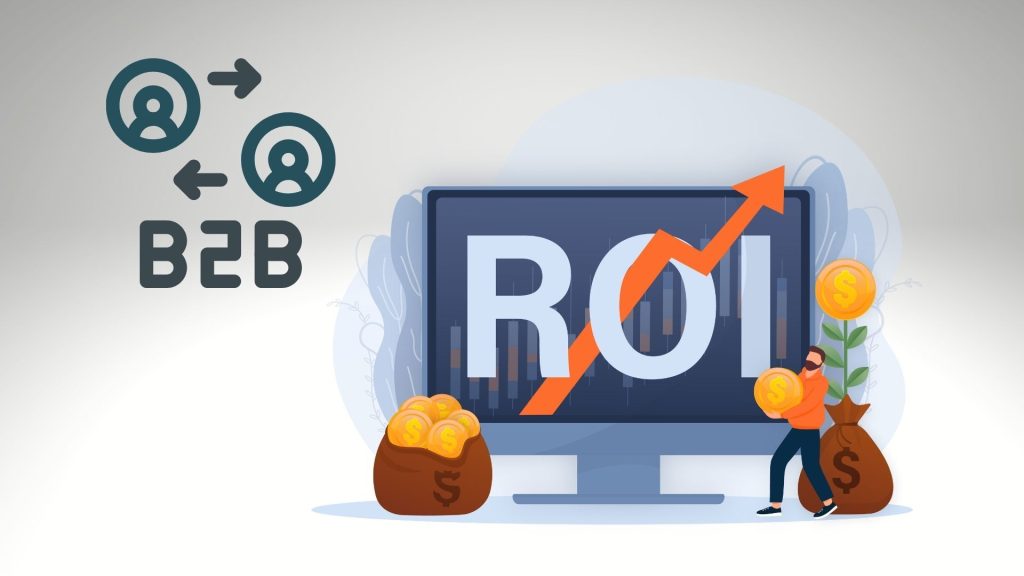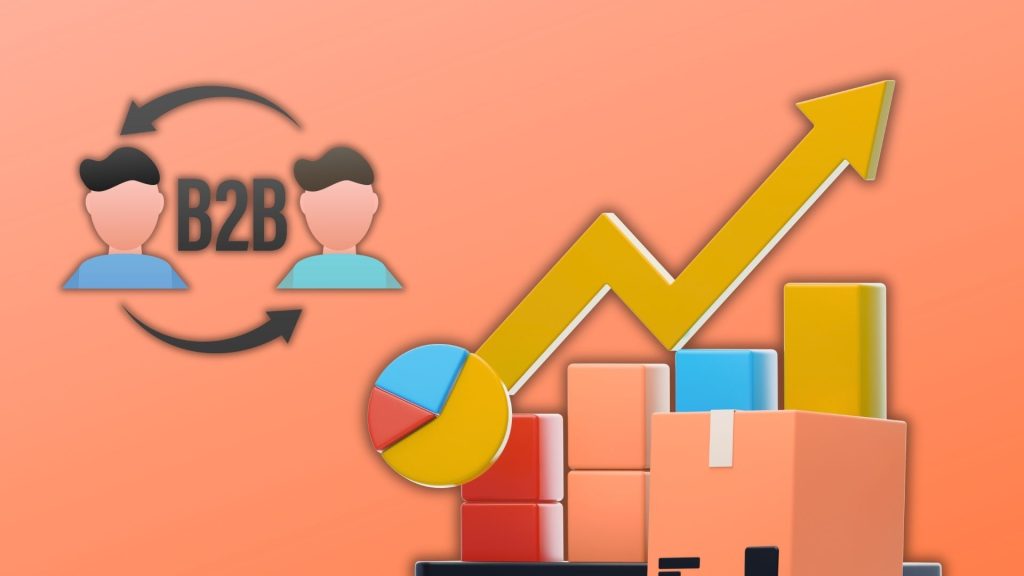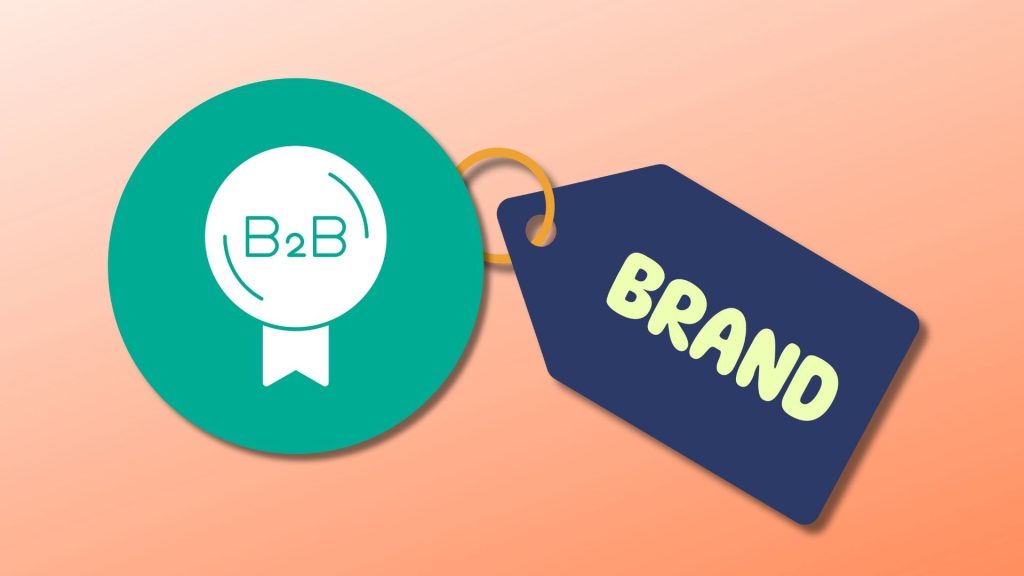How to Do a Competitive Analysis in B2B Digital Marketing
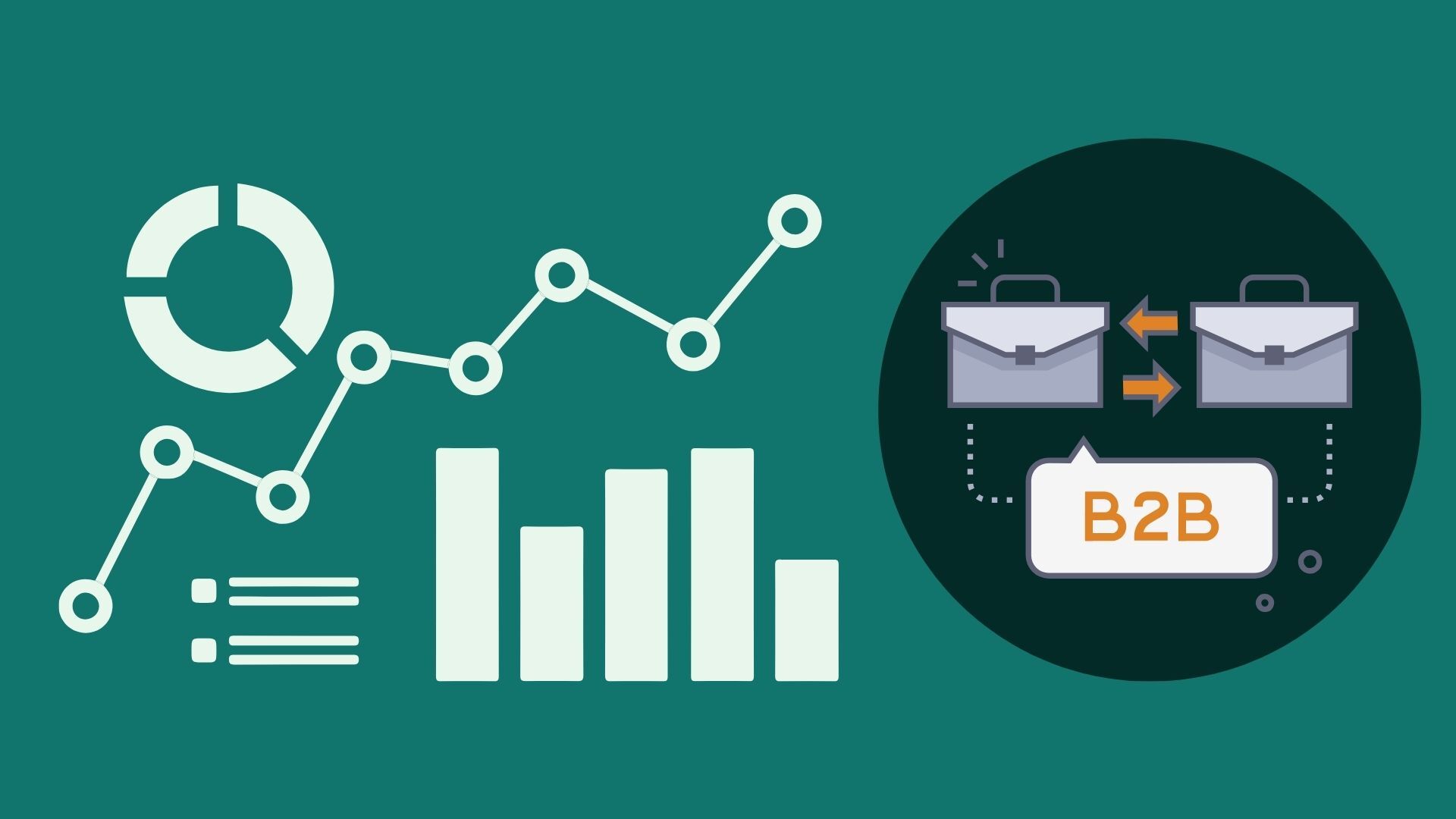
In B2B digital marketing, competition is constant and buyers have more choices than ever. To stand out, it isn’t enough to focus only on your own campaigns, you also need a clear view of what others in your market are doing.
This guide explains how to approach competitive analysis in a B2B context, why it matters for long-term growth, and the practical steps to get started.
Key Takeaway:
A B2B competitive analysis involves identifying direct, indirect, and aspirational competitors, then evaluating their SEO, content, paid ads, and UX strategies. Marketers should document findings in a SWOT framework, prioritize gaps or weaknesses, and apply insights to improve targeting, messaging, and conversion performance.
What Is Competitive Analysis in B2B Digital Marketing?
Competitive analysis is the process of studying how other businesses in your market approach digital marketing and where they succeed or fall short. In a B2B context, it looks beyond surface-level tactics to examine how competitors attract leads, nurture relationships, and position their brands online.
What makes B2B analysis distinct is the buying environment: decisions take longer, involve multiple stakeholders, and depend heavily on credibility. Understanding how competitors communicate in that setting helps you identify gaps in your own approach, refine targeting, and set more realistic benchmarks for performance.
Define Your Competitive Landscape
The first step in a B2B competitive analysis is deciding which companies are worth studying. Not every business in your sector is a true competitor, and looking at the wrong ones can distort your conclusions.
Your competitive set usually falls into three groups:
- Direct competitors: companies offering similar products or services to the same target audience.
- Indirect competitors: businesses that provide alternatives or substitutes that your buyers might consider.
- Aspirational competitors: larger or more established players whose strategies influence expectations in your market, even if they don’t compete head-to-head.
For the analysis to be meaningful, focus on organizations that share your audience, business model, or geographic reach. A shortlist of five to ten well-chosen competitors is often more actionable than trying to track everyone. Platforms like LinkedIn, G2, and industry directories can help you identify and validate the most relevant names.
Map Their Digital Marketing Channels and Presence
Once you’ve defined your competitor set, look at how they reach and engage their audience online. In B2B markets, this often involves a combination of search visibility, LinkedIn activity, email nurturing, gated content, webinars, and paid advertising campaigns.
Don’t just note which channels they use, examine how effectively they use them. Are they consistent in publishing content? Do they focus on thought leadership through white papers and guides, or on lead generation through landing pages and ads? Pay attention to engagement levels, the balance of organic versus paid activity, and whether certain platforms are clearly prioritized or neglected.
Mapping these patterns reveals where competitors invest most heavily and highlights underutilized channels where your brand can make a strong impact.
Perform Competitor SEO and Keyword Analysis
SEO is one of the clearest windows into how competitors attract qualified traffic. Instead of looking only at rankings, assess the full picture: which keywords they target, how they structure and optimize content, and what sites link back to them. Tools like SEMrush, Ahrefs, and SpyFu can help uncover keyword portfolios, backlink profiles, and traffic sources.
Pay close attention to content gaps, keywords, or topics where competitors rank but you don’t. In B2B, these are often niche, lower-volume terms that signal strong buying intent and drive higher-quality leads. Also note which pieces of competitor content consistently earn backlinks or appear in featured snippets, as these indicate opportunities for authority building.
The goal isn’t to mirror their strategy but to understand what earns them visibility, then develop content that is more relevant, comprehensive, and aligned with your audience’s decision-making process.
Evaluate Their Content and Messaging Strategy
Content is often the clearest expression of how competitors position themselves in the market. Go beyond keywords and examine how they speak to their audience: What tone do they adopt? Which pain points do they emphasize? How clearly do they communicate their value proposition?
In B2B, content plays a crucial role in establishing trust across extended buying cycles. Review not just blogs but also case studies, whitepapers, webinars, and other resources aimed at decision-makers. Pay attention to quality, depth, and consistency. Are they publishing thought leadership that demonstrates expertise, or relying on surface-level pieces?
Look for engagement signals where available, such as comments, social shares, backlinks, or gated downloads. These metrics reveal which topics resonate with buyers and how competitors guide prospects through the awareness, evaluation, and decision-making stages. When combined with SEO insights, this analysis reveals both what content performs and why it influences the buyer’s journey.
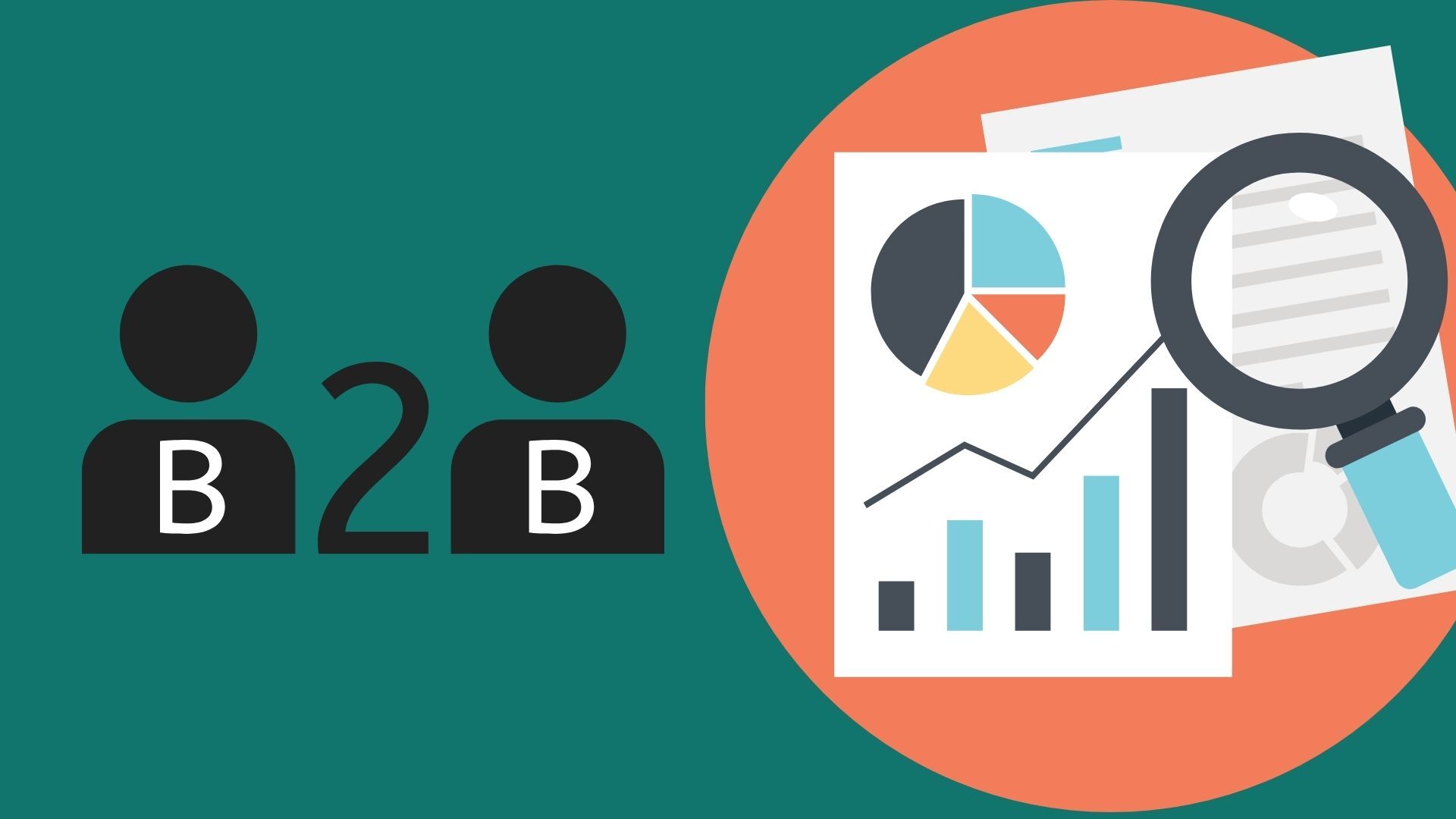
Benchmark Their Paid and Advertising Tactics
Paid campaigns reveal how aggressively competitors invest in reaching buyers. In B2B, this often means utilizing Google Ads for high-intent searches, LinkedIn for targeting decision-makers, and a selective use of display ads for remarketing or enhancing brand visibility.
When reviewing competitor activity, focus on more than just where they advertise. Analyze their ad messaging, calls to action, and targeting choices. Do their campaigns emphasize thought leadership, lead magnets, or direct product pitches? Compare the experience from ad click to landing page, are forms simple, is the value proposition clear, and does the page align with the promise of the ad?
Competitive intelligence tools such as SimilarWeb and Adbeat can surface keywords, ad creatives, and estimated budgets. Combined with manual reviews, this helps you benchmark your own campaigns, avoid oversaturated spaces, and find opportunities to outperform competitors with sharper targeting and stronger conversion paths.
Analyze Conversion and UX/CRO Elements
Driving traffic is only half the battle, what happens after a visitor arrives on a competitor’s site is just as revealing. Look closely at their conversion paths and user experience: How clear are the calls to action? Are forms short and easy to complete, or do they create unnecessary friction? Do landing pages load quickly and display well on mobile devices?
In B2B, strong UX is tied directly to trust. Review how competitors guide users from initial interest to actions such as requesting a demo, downloading a white paper, or contacting sales. Pay attention to credibility signals such as testimonials, case studies, security badges, or transparent pricing pages, which can influence buying committees.
By analyzing both friction points and standout elements in competitor experiences, you gain insight into how to streamline your own conversion journey and remove barriers that may cost you qualified leads.
Perform a SWOT Analysis on Each Competitor
Once you’ve gathered data, organize it into a SWOT framework for each competitor. This makes complex findings easier to compare and act on. For example, strengths might include strong domain authority, a loyal LinkedIn following, or highly technical thought leadership. Weaknesses may manifest as slow response times, thin product pages, or inconsistent messaging across channels.
Opportunities often come from areas they haven’t addressed, such as emerging industry trends, new keyword spaces, or underutilized platforms. Threats may include aggressive advertising spending, rapid product innovation, or partnerships that could alter market dynamics.
Documenting these insights in a consistent format helps you see patterns across competitors and prioritize which areas to address in your own strategy, rather than trying to chase everything at once.
Synthesize Insights and Translate into Strategy
The purpose of competitive analysis is to turn observations into action. Use what you’ve learned to refine your own approach: address content gaps that leave buyer questions unanswered, strengthen channels where competitors are weak, and adjust messaging to highlight advantages they overlook.
In B2B, this might mean reallocating resources toward LinkedIn or webinars if those formats are underutilized, creating more in-depth thought leadership content where rivals rely on surface-level blogs, or enhancing conversion paths that competitors overlook.
Set benchmarks informed by competitor performance, but measure progress against your own business goals. The value of analysis isn’t in copying tactics, it’s in using competitor activity as context to shape a strategy that positions your brand more effectively in the market.
Maintain Ongoing Competitive Intelligence
Competitive analysis only delivers value if it’s continuous. In B2B, where buying cycles are long and markets evolve quickly, monitoring competitors helps you spot shifts before they impact your pipeline.
Set up alerts or dashboards to track key signals, such as keyword rankings, ad placements, new content releases, and changes to messaging on core pages, like pricing or product pages. LinkedIn activity and webinar announcements are also worth monitoring, since they often reveal how competitors are targeting decision-makers.
Regular audits, conducted monthly for fast-moving metrics like ads or rankings, and quarterly for broader strategy shifts, help keep your intelligence current. This cadence ensures you adapt quickly, refine your positioning, and avoid being surprised by competitor moves.
Conclusion
Competitive analysis in B2B digital marketing is more than a research exercise, it’s a way to make informed decisions in markets where buyers are selective and cycles are long. By systematically reviewing how competitors attract, engage, and convert, you gain the context needed to refine your own strategy and allocate resources with confidence.
The most effective approach is to start small: analyze a handful of relevant competitors, document clear takeaways, and apply them directly to your campaigns. Over time, ongoing intelligence becomes a strategic advantage, helping you compete more effectively and win the attention of the buyers who matter most.
